The earliest legitimate writing systems did not emerge until around 3200 BCE, so most of human history before this time has been lost. There are thousands of ancient peoples whose names or stories we’ll never know, but this list contains some of the earliest recorded names in the world. While many of these people were kings (and one queen), the oldest known person was an accountant, who signed what were basically ancient receipts and inventory lists.
10. Yax Ehb Xook
Year Written: c.90 CE
Country of Origin: Tikal (modern day Flores, Guatemala)
[ Writing System: pre-Columbian Maya Script

Outside of Ancient Egypt and Mesopotamia/Sumeria, one of the earliest mentions of a ruler in the west comes from early period of Maya civilization. Yax Ehb Xook was the first ruler of the important and powerful city-state Tikal. He ruled much of the surrounding lowland region at the time and the city was called Yax Mutal in his honor.
Yax Ehb Xook’s rule set Tikal up to dominate much of the Maya region politically, economically, and militarily for the next several centuries.
Did You Know?
Yax Ehb Xook translates to “First Step Shark.”
9. Anitta
Year Written: c.17th century BCE
Country of Origin: Kussara, Anatolia (modern day Turkey)
[ Writing System: Hittite Cuneiform
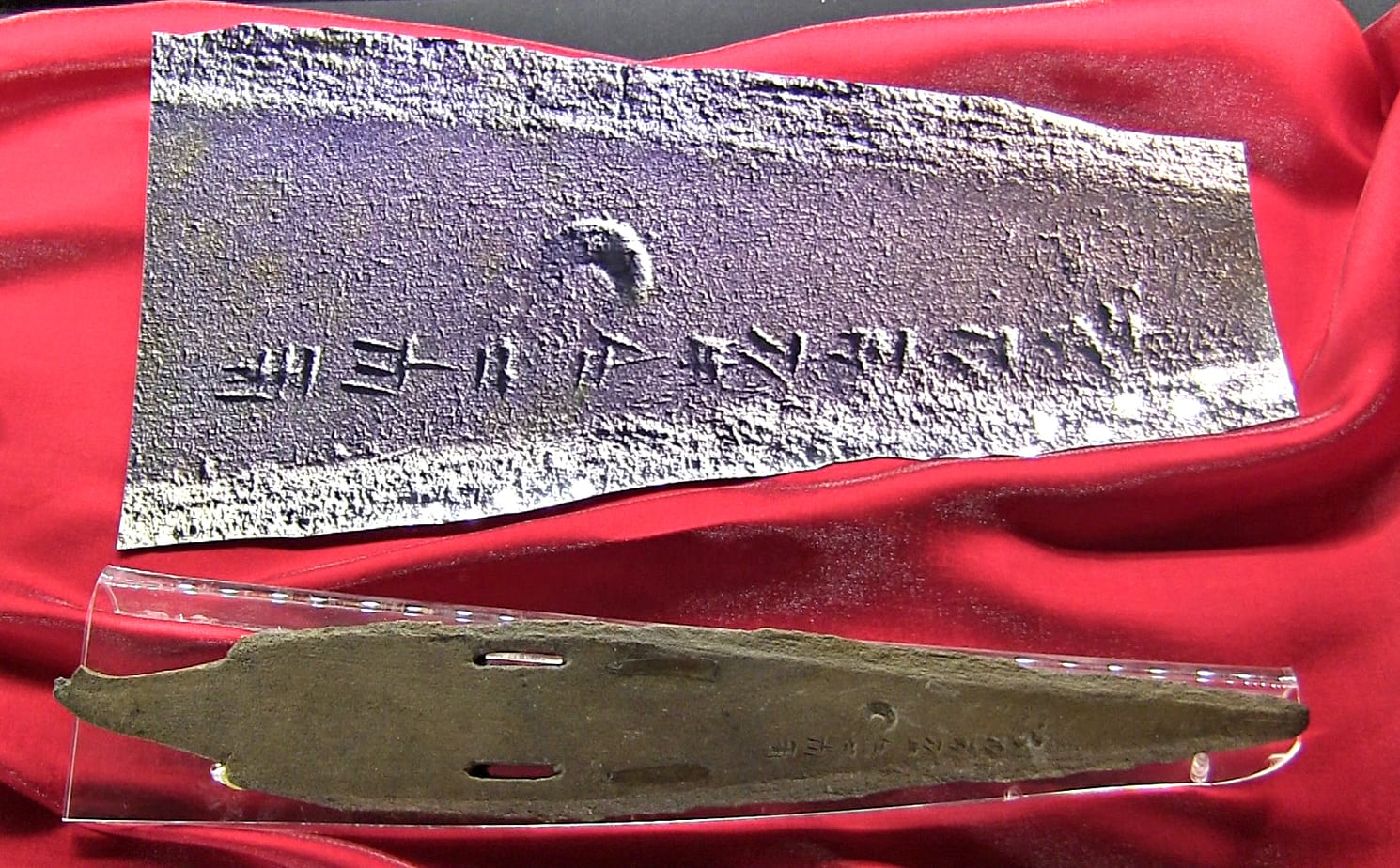
The Anitta text was so important to the Hittites that it was copied several times and well-preserved. The text is also a great example of archaic writing and grammar.
Did You Know?
The Anitta text is the only known Hittite text to make reference to the god Siu-summin (“our god” or “Our Sius”).
8. Hor-Aha
Year Written: c.3100 BCE
Country of Origin: Abydos, Egypt (modern day El-Bayana, Sohag Governate, Egypt)
[ Writing System: Egyptian Hieroglyphics
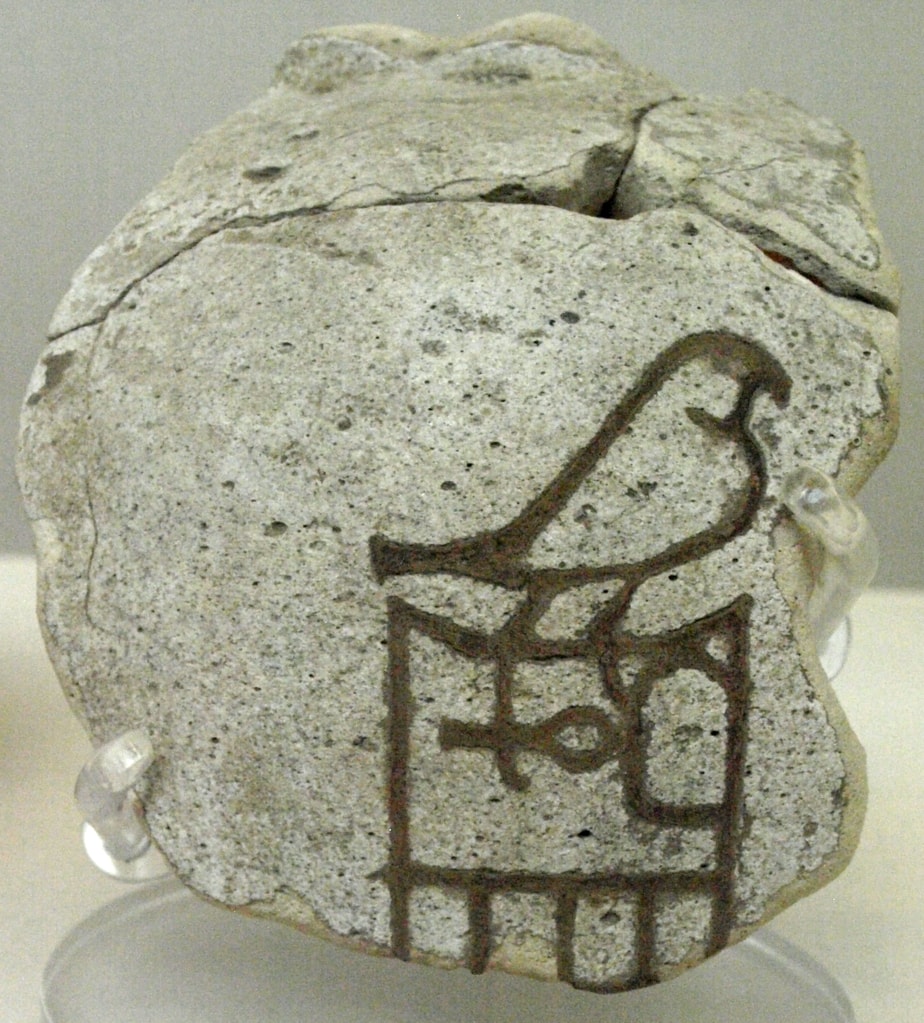
Hor-Aha is yet another early Egyptian pharaoh whose exact identity is unknown. Most scholars believe that Hor-Aha was the second ruler of Ancient Egypt’s First Dynasty and Narmer’s successor and possibly his son. Others think that Hor-Aha was actually Menes, which conflicts with the theory that Narmer could have also been Menes.
Regardless of his true identity, Hor-Aha was important and his name appears on many artifacts. Hor-Aha’s tomb has also been discovered, which provides additional evidence for his existence.
Did You Know?
Hor-Aha was the first Ancient Egyptian pharaoh to have members of the royal household buried in his tomb as the earliest known retainer sacrifices in Egypt.
7. Neithhotep
Year Written: c.3150 to 3125 BCE
Country of Origin: Abydos, Egypt (modern day El-Bayana, Sohag Governate, Egypt)
[ Writing System: Egyptian Hieroglyphics
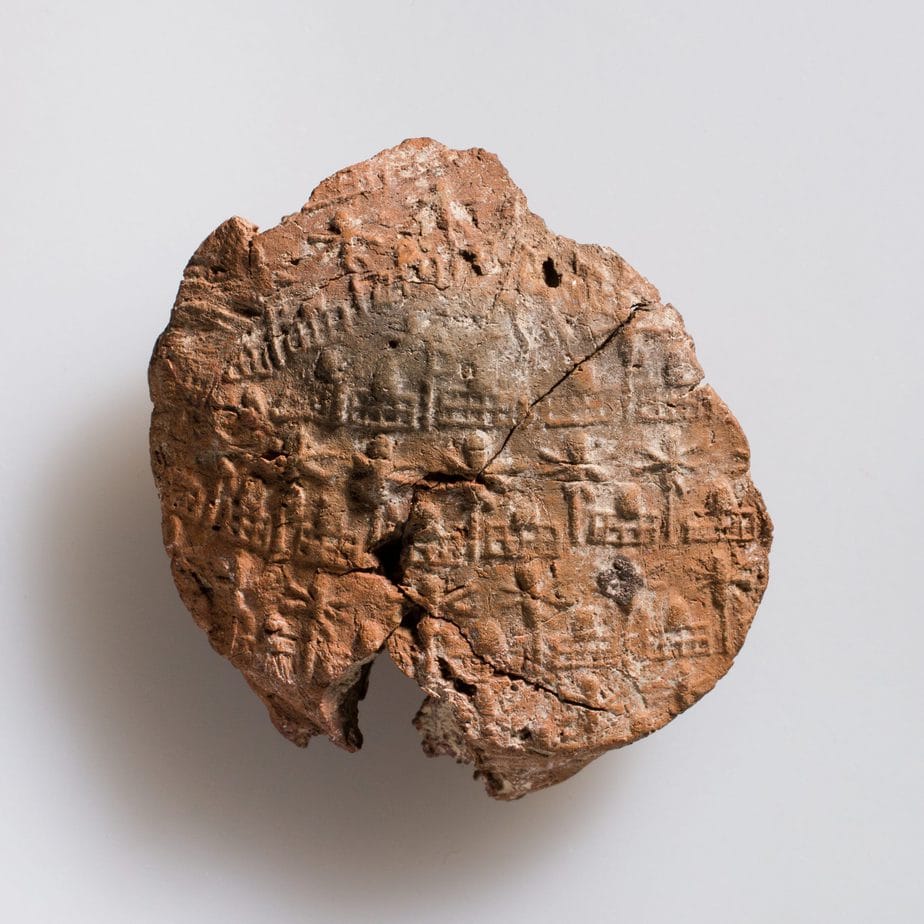
Neithhotep is the earliest named woman in history, who held a position of great importance in Ancient Egypt. She was the queen consort of either Narmer or his successor Hor-Aha. While scholars don’t know for sure who Neithhotep was married to, they do know that she was very important because of the massive size of her tomb and the fact that her name is written with royal serekh. In fact, initially researchers thought Neithhotep was an unknown king because of her huge tomb.
Did You Know?
Along with Queen Meritneith, Neithhotep is the only Ancient Egyptian woman whose name is written with a serekh and whose tomb has its own cultic enclosure.
6. Narmer
Year Written: c.3150 to 3100 BCE
Country of Origin: Nekhen, Egypt (modern day Aswan Governate, Egypt)
[ Writing System: Egyptian Hieroglyphics
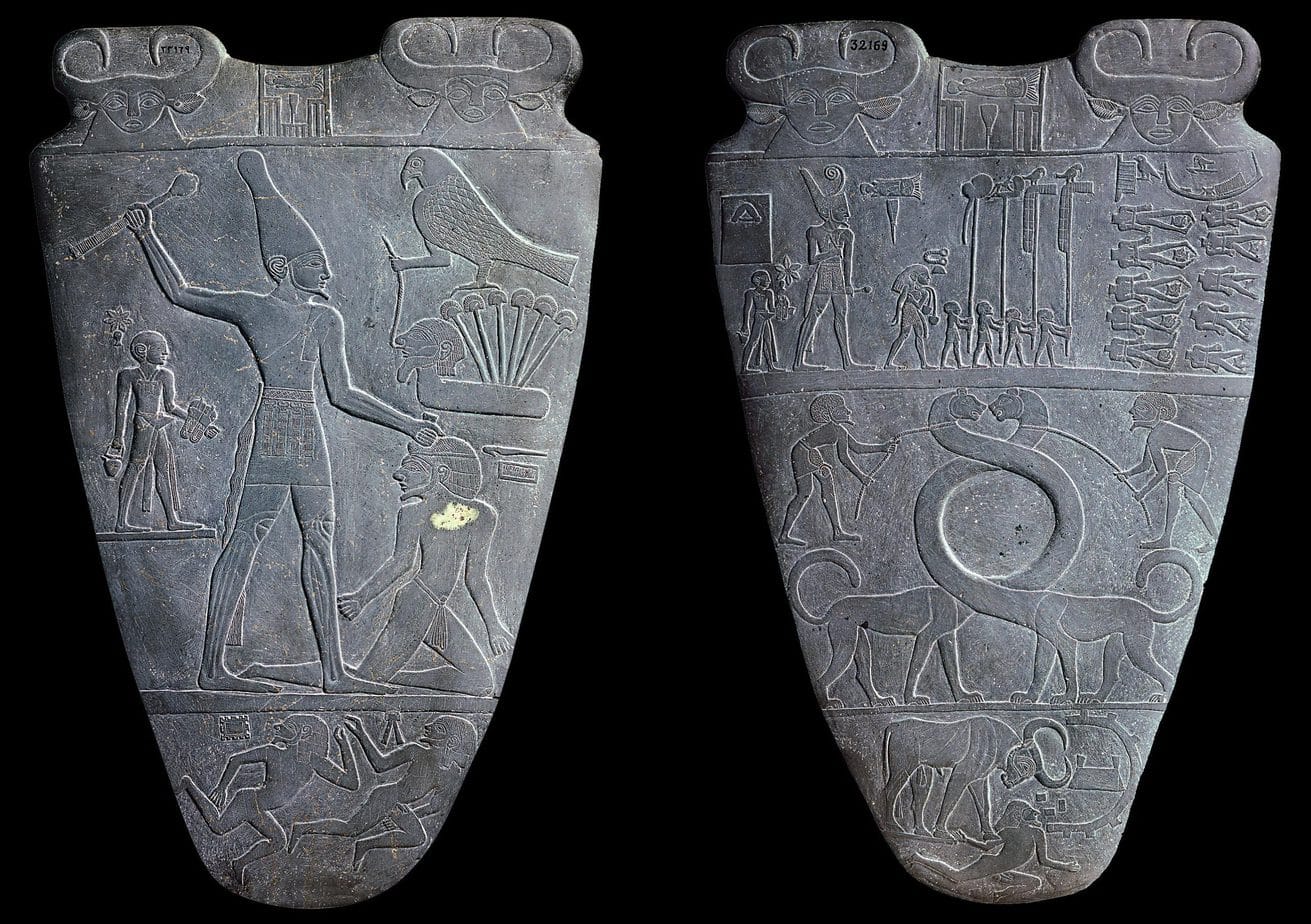
Narmer’s name has been found all over various artifacts, most notably the Narmer Palette. Not only does the palette contain some of the earliest Egyptian hieroglyphics, but it also clearly depicts Narmer as a king.
Did You Know?
Along with Queen Meritneith, Neithhotep is the only Ancient Egyptian woman whose name is written with a serekh and whose tomb has its own cultic enclosure.
5. Scorpion II
Year Written: c.3200 to 3000 BCE
Country of Origin: Nekhen, Egypt (modern day Aswan Governate, Egypt)
[ Writing System: Egyptian Hieroglyphics
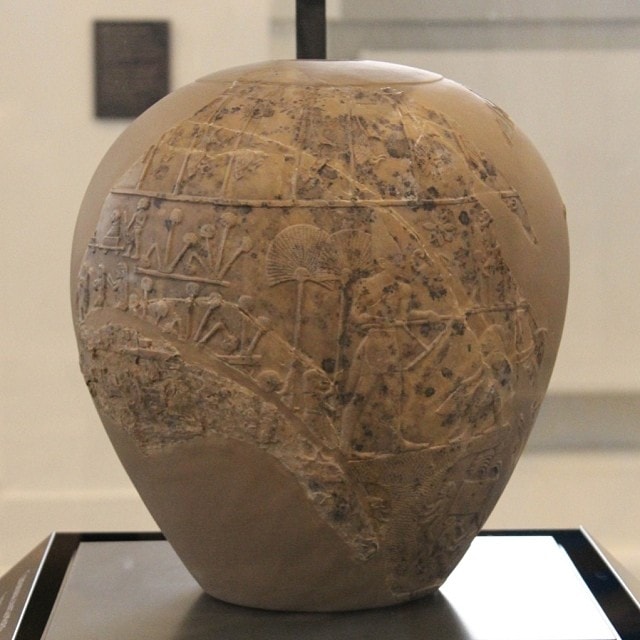
Like all of the earliest Egyptian pharaohs, the details and exact identity of Scopion II or King Scorpion’s life are hotly contested. There are many conflicting theories over Scorpion II’s identity. Some scholars believe Scorpion II was another name for Narmer, while others believe he is the ruler who came after Ka and before Narmer.
There is another theory that suggests Scorpion II was a rival ruler of Ka and Narmer. Regardless of who he actually was, Scorpion II’s name appears on several artifacts from Egypt’s predynastic period.
Did You Know?
While there are numerous artifacts supporting Scorpion II’s rule and existence, his tomb exact burial place is unknown, but there are two tombs – one in Umm el-Qa’ab (close to Abydos) and another in Hierakonpolis (Nekhen) – that are strong contenders.
4. Ka
Year Written: c.3200 BCE
Country of Origin: Abydos, Egypt (modern day El-Bayana, Sohag Governate, Egypt)
[ Writing System: Egyptian Hieroglyphics
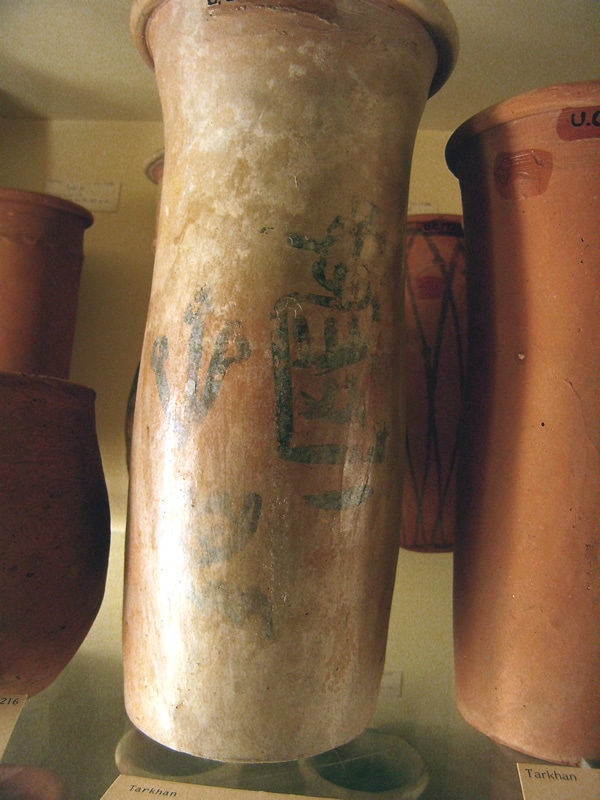
Ka or Sekhen is another predynastic Egyptian pharaoh, who may have been Iry-Hor’s successor. It is believed that Ka reigned sometime during the first half of the 32nd century BCE. Ka would have ruled from Thinis, the first capital of city of the earliest Egyptian kings, which has not yet been uncovered.
Ka’s tomb was first discovered in 1902 and several artifacts, including flint knife fragments and pottery, bearing Ka’s name have been found over the years.
Did You Know?
Ka was the first Egyptian ruler to use a serekh, a box-shaped symbol that goes around a name to indicated kingship.
3. Iry-Hor
Year Written: c.3200 BCE
Country of Origin: Abydos, Egypt (modern day El-Bayana, Sohag Governate, Egypt)
[ Writing System: Egyptian Hieroglyphics
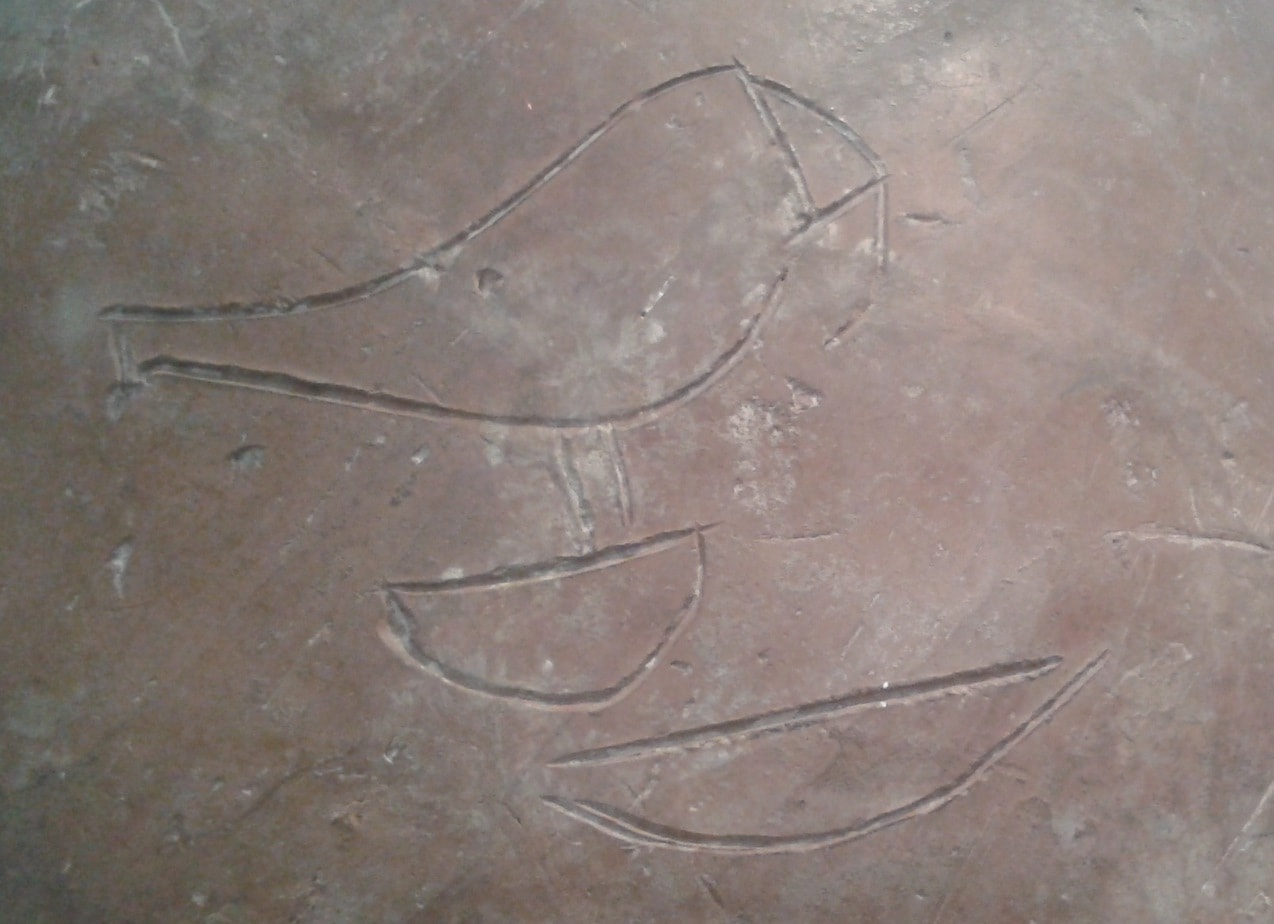
Iry-Hor is the name of a mysterious predynatic pharaoh (he may have been the very first true king of the region) whose existence has been challenged despite the excavation of his tomb. The reason for the doubt over Iry-Hor’s significance is because his name is written in archaic hieroglyphics without a serekh. However, more excavations in Abydos and the discovery of another inscription of Iry-Hor’s name in 2012 confirms that he actually existed.
Did You Know?
Iry-Hor’s tomb has similar dimensions to Ka and Narmer, two of the earliest confirmed Egyptian pharaohs, which strongly supports the belief that Iry-Hor was also a pharaoh.
2. Gal-Sal and Slaves
Year Written: c.3200 to 3100 BCE
Country of Origin: Ancient Sumer (modern day southern Iraq)
[ Writing System: pre-Cuneiform archaic Sumerian
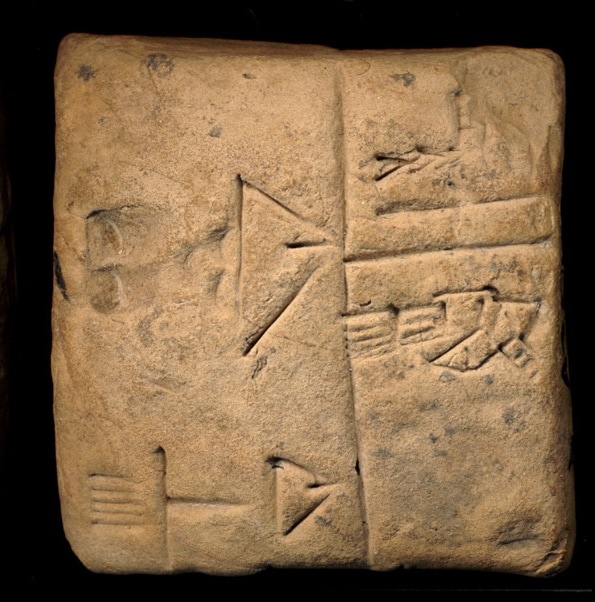
Not much is known publicly about the Sumerian clay tablet containing three names: Gal-Sal and two slaves Enpap-x and Sukkalgir. Gal-Sal is typically only mentioned as a contender to Kushim for oldest known name. The tablet with Gal-Sal and his slaves names does come from the same time period as Kushims’ and features the same pre-Cuneiform script.
Did You Know?
Researchers know that Gal-Sal was most likely the owner of Enpap-x and Sukkalgir because their names are next to the symbols for male slave and female slave.
1. Kushim
Year Written: c.3400 to 3000 BCE
Country of Origin: Ancient Sumer (modern day southern Iraq)
[ Writing System: pre-Cuneiform (Uruk III) archaic Sumerian
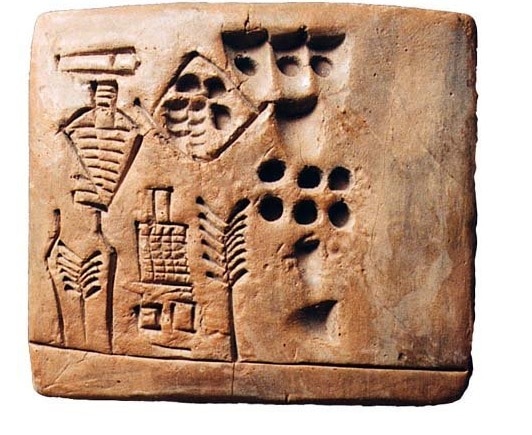
Did You Know?
Kushim’s name is mentioned in 18 tablets, and some researchers initially believed “Kushim” was a job title. However, it’s now widely accepted that Kushim was an individual person.
OTHER POSTS YOU MAY BE INTERESTED IN










